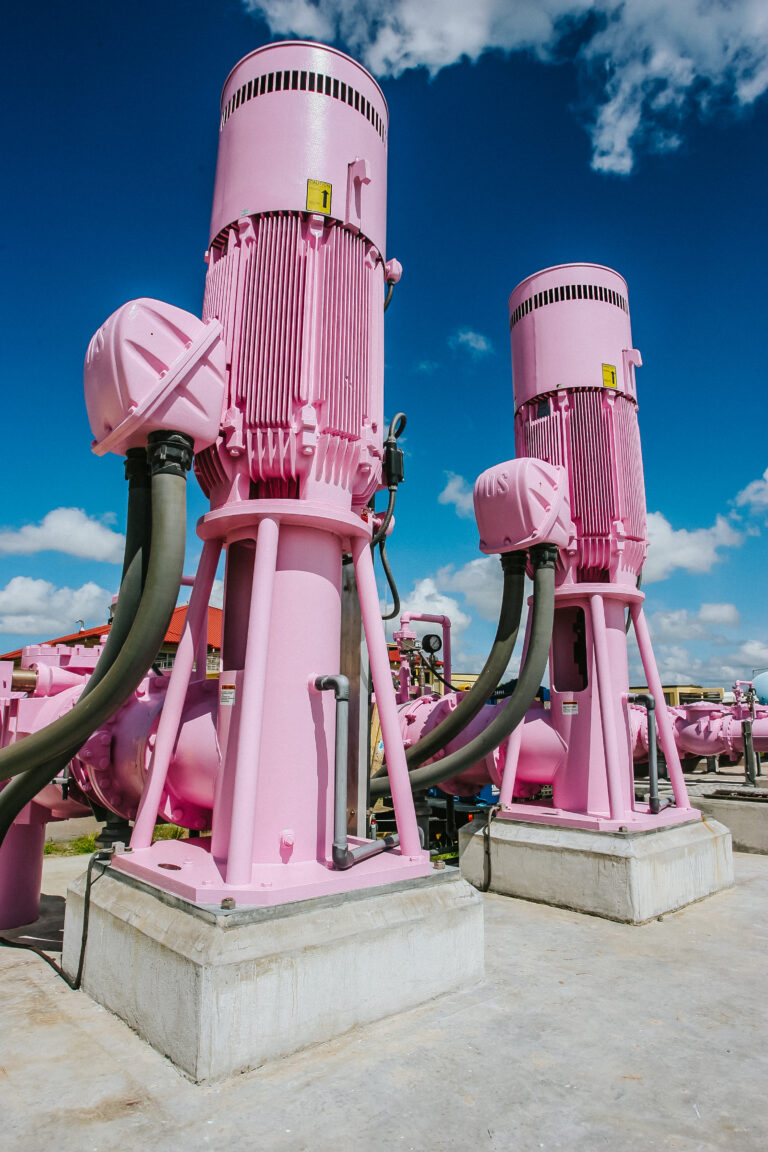Author: Lana Piskorowski
In the early 2000s, Cape Coral, a rapidly growing city in Florida, faced a pressing need to develop its water and wastewater infrastructure to accommodate its booming population. This challenge prompted city officials to devise a comprehensive master plan that included the Facility and Utilities Expansion Projects. MWH served as the builder, designer, and engineer for this ambitious undertaking.
Infrastructure Challenges in Cape Coral
Developers in Florida spurred growth by purchasing land and establishing limited infrastructure like roads, electrical lines, and drainage. However, they didn’t plan for water and sewer systems, so landowners used wells and septic tanks John Evans, the Florida Regional Manager who worked on the Cape Coral projects, pointed out that as the city expanded, septic tanks ended up very close to neighbors’ wells – sometimes just 25 feet apart. Moreover, Cape Coral’s location near the ocean and its swampy ecology meant residents had brackish water in their wells. Due to the poor water quality, residents had to resort to private water treatment methods like reverse osmosis. Evans noted, “We needed to install this collection, treatment, and distribution system of water to bring Cape Coral into the 21st century.”
It is my opinion that a company is only as good as its people, and I believe you and your team are doing an extraordinary job.
Mike Fisher, Plant Superintendent, Southwest Water Reclamation Facility
The Birth of a Vision
In 2001, the City of Cape Coral began a transformative journey to create a complete water and wastewater infrastructure that would serve the city well into the future. Led by MWH Constructors, the Utilities Expansion Project (UEP) involved the installation of an impressive 720 miles of water, gravity sewer, and irrigation pipelines, along with 240 miles of residential roads and 34 wastewater pump stations. This herculean effort involved meticulous planning and execution. The UEP’s mission centered around efficiently moving safe, treated water from existing treatment plants into people’s residences. Additionally, the UEP seamlessly managed the conveyance of wastewater to specialized reclamation facilities, paving the way for its beneficial use in non-potable applications such as irrigation. Evans said, “We recognized the city’s urgent need for a comprehensive overhaul of Cape Coral’s water infrastructure. The city’s growth required a forward-thinking approach that could support the rising demands effectively.”
Transforming the Landscape for a Sustainable Future
The subsequent phase, known as the Facility Expansion Program (FEP), began in 2004 and expanded Cape Coral’s water and sewage treatment facilities on a massive scale. MWH would go on to double the capacity of Cape Coral’s two water reclamation facilities, the Everest Water Reclamation Facility and the Southwest Water Reclamation Facility, as well as design a new 10mgd North Cape Water Reclamation Facility. MWH also designed and constructed a new North Cape Reverse Osmosis Water Treatment Facility and helped expand the Southwest Water Treatment Plant. The team also constructed a total of 27 raw water production wells, three deep injection wells, and several aquifer storage and recovery test wells. Evans noted, “Our team’s dedication to delivering sustainable solutions was evident in every aspect of the project. We aimed not only to meet current needs but also to future-proof Cape Coral’s water infrastructure.”
Cape Coral's Reclaimed Water Revolution
A pivotal aspect of Cape Coral’s transformation was its water reclamation efforts. The project collected and transported wastewater to the Southwest Water Reclamation Facility, which featured advanced treatment that included primary and secondary treatment followed by tertiary treatment utilizing deep bed filters, resulting in the production of high-quality reclaimed water. This water was stored in 5-million-gallon tanks, which was repurposed through a purple pipe system for various uses, including irrigation for residential properties and golf courses. Evans stated, “The UEP was the infrastructure that brought the wastewater to the water reclamation facility and also distributed the reclaimed water.” He added, “Recycling water has long been a priority for cities in Florida due to the state’s proximity to the ocean, necessitating sustainable wastewater practices.”

A Legacy of Success
As the Cape Coral project unfolded over years of dedication and perseverance, it garnered numerous accolades, including the 2011 ENR Southeast Best of 2011 Project Award and the 2011 DBIA National Design-Build Award. Remarkably, the project achieved over 3.3 million work hours with only one lost-time incident, a testament to the meticulous planning and safety measures implemented. Evans concluded, “Cape Coral’s journey was about more than infrastructure; it was about shaping the city’s future. Our success was a collaborative effort that demonstrated what vision and dedication can achieve.”


